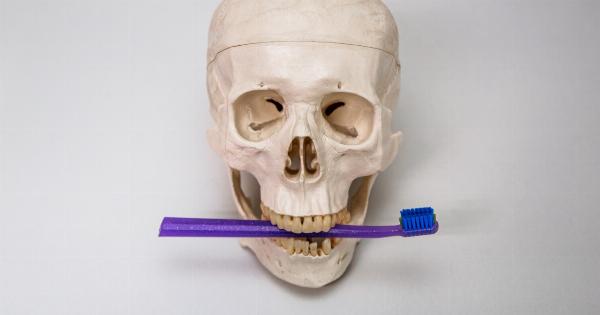Osteoporosis is a medical condition where a person’s bones become brittle and weak, making them prone to fractures and breaks.
You may have heard of it as “porous bone.” This condition is particularly prevalent in older adults, but it can also affect younger people too. The consequences of osteoporosis can be severe, leading to chronic pain, limited mobility, and a lower quality of life overall.
Who is at Risk for Osteoporosis?
There are several risk factors for developing osteoporosis. These include:.
- Being female
- Being over age 50
- Having a family history of osteoporosis
- Being of Caucasian or Asian descent
- Having a small body frame or low body weight
- Having low levels of vitamin D or calcium
- Having an eating disorder or gastrointestinal surgery
- Using certain medications, such as glucocorticoids or anticonvulsants
- Having a sedentary lifestyle or an inactive job
- Smoking or excessive alcohol consumption
If you have one or more of these risk factors, it’s important to take steps to prevent osteoporosis from developing.
However, even if you don’t have any of these risk factors, it’s still crucial to take steps to prevent osteoporosis as you age.
Why Attention Should Start Early
If you think about osteoporosis prevention as something that only starts once you’re older, you’re mistaken. Preventing osteoporosis should begin early in life – as early as childhood and adolescence, in fact.
During childhood and adolescence, a person’s body is building up bone mass. The more bone mass that is built up during these years, the stronger a person’s bones will be overall.
This is why it’s crucial to get enough calcium and vitamin D during childhood and adolescence; these nutrients are essential for building strong bones. In addition, regular exercise during these years can also help to increase bone density.
But even if you didn’t focus on bone health during childhood and adolescence, it’s never too late to start. In fact, taking steps to prevent osteoporosis can be beneficial at any age – even if you’re already experiencing bone loss.
Steps You Can Take to Prevent Osteoporosis
There are several steps you can take to prevent osteoporosis at any age. Here are some examples:.
- Get plenty of calcium and vitamin D: Calcium and vitamin D are both crucial for building strong bones. Calcium can be found in foods such as dairy products, leafy greens, and fortified cereals. Vitamin D can be found in sunlight, certain types of fish, and fortified dairy products. It’s also a good idea to take a supplement if you’re not getting enough of either nutrient from your diet.
- Exercise regularly: Exercise can help to increase bone density, as well as improve balance and flexibility. Weight-bearing exercises, such as walking, jogging, or dancing, are especially useful for building bone density.
- Avoid smoking and excessive alcohol consumption: Both smoking and excessive alcohol consumption have been linked to decreased bone density and increased risk of fractures.
- Get regular bone density tests: A bone density test can help identify if you’re at risk for osteoporosis. This test measures mineral content and density in your bones.
- Consider osteoporosis medication: If you’re at high risk for osteoporosis or if you’re already experiencing bone loss, your doctor may recommend medication to help increase bone density.
The Bottom Line
Osteoporosis is a serious medical condition that affects millions of people worldwide. While some risk factors cannot be changed – such as age, gender, and family history – there are steps that you can take to prevent osteoporosis from developing.
By focusing on bone health early in life and continuing to prioritize it as you age, you can help to decrease your risk of developing osteoporosis and enjoy a higher quality of life overall.






























